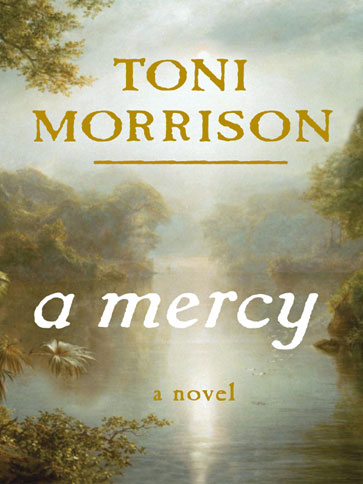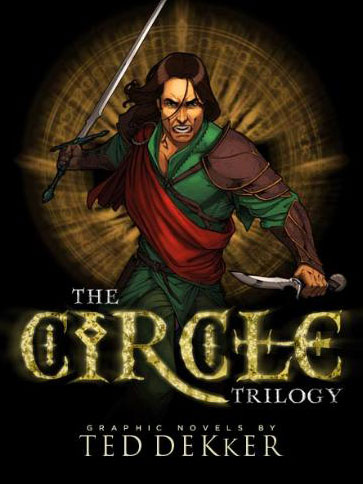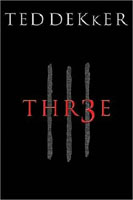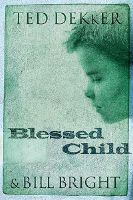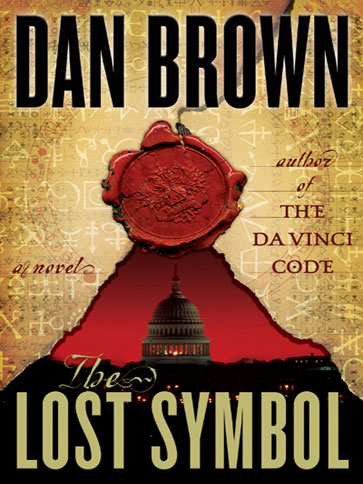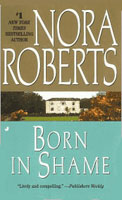 The authors, Greg Behrendt and Liz Tuccillo, left out one very important piece of the puzzle in their bestselling book He’s Just Not That Into You. Deep down every female knows what that little piece of the puzzle is. Our perception and our reality are worlds apart when it comes to relationships today. Although our reality has drastically changed, our perception continues to remain the same.
The authors, Greg Behrendt and Liz Tuccillo, left out one very important piece of the puzzle in their bestselling book He’s Just Not That Into You. Deep down every female knows what that little piece of the puzzle is. Our perception and our reality are worlds apart when it comes to relationships today. Although our reality has drastically changed, our perception continues to remain the same.
The tired but lingering perception still holds men responsible for the majority of problems experienced in relationships, which is not to say that women are unwilling to take a little responsibility. Women often blame themselves for giving and loving too much. Interestingly enough, females tend to give and love too much only when they are involved with males that treat them badly or, at the least, males that show them little interest. Could it be that females continue to love males like this because it is simply in their nature to be giving and nurturing, or could it simply be that females love a challenge? If you are a male reader, you probably suspect it’s the latter. Although, if you are a female reader, you know it’s the latter.
Females chase after commitment in the same way that males have always chased. Males often lose interest in females after they get them into bed, and females often lose interest in males after they get them to commit ? that’s the reality ? but it’s certainly not the perception that most people have about women. Why? Because it doesn’t fit the males are “bad” and females are “good” stereotype to which we have become so accustomed.
The females who claim to love too much are the equivalent of males who will say or do anything to get a female into bed. These females will put up with anything and will do almost anything to accomplish their goal, getting a man into a commitment. However, once they have garnered their commitment, they usually become bored and resentful. Eventually, after finding a reason to blame the men for their unhappiness (i.e., boredom), they move on to their next conquest. This is the commitment game ? it’s the female version of pursue and discard.
I found it interesting, having interviewed more than two hundred people as well as having recently written a book about females, to hear that large numbers of women were ending their relationships as a result of reading He’s Just Not That Into You. Interesting, because I knew from my research that these women were most likely ending their relationships for the same reason they had stayed in them: they viewed the men they were seeing as a challenge.
I was curious, so I set out to find out what was really behind the apparent phenomenon. I wanted to know why women were really ending their relationships after their encounter with that little book we’ve all heard so much about.
I discovered that the book’s directness made it difficult, if not impossible, for women to continue to rationalize their boyfriends’ behavior once they had read it; there was nothing left for the women to analyze or to talk about with their friends. They no longer needed to try to figure out what their boyfriends were thinking, or spend time wondering about where their relationship was going. The need for discussing, analyzing, hoping and longing had all been eliminated. As a result, many women ended their relationships. They had mistakenly believed that the men in their lives were complicated and mysterious, or in other words, a challenge. Instead, they found out their boyfriend’s behavior was categorically identifiable and even predictable. However, what must not be overlooked is the fact that it was the apparent “cookie cutter” behavior of men, meaning the men’s loss of mystery, which caused the women to end their relationships. It was obviously not due to the way men were treating them; otherwise women would have ended their relationships prior to reading the book. So, it seems women are ending their relationships after reading the book for the same reason they often ended them prior to reading it. They think the men in their lives are boring.
Greg Behrendt, one of the co-authors of He’s Just Not That Into You , has co-written a new book with his wife, titled It’s Called a Breakup Because It’s Broken . Even without reading the subtitle, one could easily assume that the book is intended to help women deal with the difficulty and aftermath of a breakup. One could assume this due to the book’s cover, which prominently displays a container of ice cream.
It will be interesting to see if this new book will sweep the nation, too. Although, I must say, I don’t think it will. The reason is due to a little known fact: it is women, not men who end the majority of relationships. I know what your preconditioned mind must be thinking. You must be thinking “well, women wouldn’t be ending the majority of relationships if it weren’t for men’s bad behavior.” But this isn’t necessarily the case. Growing apart is actually one of the most common reasons cited by women for ending their relationships, and during my research, the reason most frequently given by women for ending or wanting to end their relationship was “my husband/boyfriend is boring.”
Bearing this in mind, one has to wonder why the new breakup book doesn’t have a big frosty beer on its cover. The answer to that one is probably pretty simple:
A) As a society we keep women’s bad behavior a secret; trust me, if it had been Hillary instead of Bill, you would have never been the wiser.
B) Women buy a lot more books than men.
These types of books are obviously intended to empower women. However, I believe the opposite is true. Women will never be empowered by the media’s false bravado, which is constantly being used to feed their egos and somehow make up for their past oppression. Women will only become truly empowered when they own the dark side of their nature, when they are held accountable and take responsibility for their own bad behavior as well as the harm they often inflict onto others.
In our culture men have been reduced to nothing more than their animal nature, while women on the other hand, are still somehow separated from theirs. The devil and the angel, so to speak, live inside every human being. Females are in no way excluded from this fact of human nature. At some point in history, many societies assigned and deemed certain characteristics and behaviors natural, meaning acceptable, for each of the relationship. To this day, people are inundated with these same exaggerated and fictitious images of male and female behavior. Women, as well as men, have been sliced down the middle ? able to own only part of who they are.
In order for females to achieve real equality and to stop being their own oppressors, they are going to have to acknowledge, as well as take responsibility for, the disrespectful way in which they often treat males. In truth, women are just as often the villains as they are the victims. Acknowledging and accepting this fact is the only way for women to truly become whole.
This process may require women to ask themselves some pretty tough questions, to which they undoubtedly will not like the answers, questions such as:
How many guys have I blown off? How many times have I not returned a guy’s phone call? How many times have I lied to a guy? How many times have I cheated on a guy? How many times have I strung a guy along? How many times have I used a guy for his money? How many times have I used a guy for attention? How many times have I used a guy for relationship?
Females regularly do all of these things and more. What’s more, they typically do them to males who really like them and are trying to treat them well. Unfortunately, the nice guys are often viewed, as willing, willing to commit, which translated into male terms means . . . an easy lay.
Women didn’t need to read a book from a man’s perspective in order for them to understand and gain insight into male behavior. All they needed to do was ask themselves why they treat some males in the same way that they often complain about being treated.. And of course, without any hesitation, an answer quite similar to the title of that little book would roll right off every woman’s tongue: “I’m just not that into him.”
Written by Sudesh Wadhwa
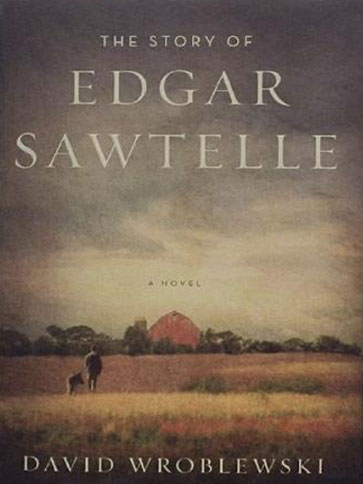 If your requirement for a good book is that it ends happily, you will want to skip David Wroblewski’s The Story of Edgar Sawtelle. However, if like me you savor good writing for the sake of good writing, great descriptions of the Wisconsin countryside in the 1970s, descriptions of its memorable characters, and beautiful, free-flowing writing, you won’t want to miss it. All of these things kept me reading and hoping to be in the end rewarded for my patience and dedication. Besides, Oprah said it was a great book, and it’s rare that I have disagreed with her.
If your requirement for a good book is that it ends happily, you will want to skip David Wroblewski’s The Story of Edgar Sawtelle. However, if like me you savor good writing for the sake of good writing, great descriptions of the Wisconsin countryside in the 1970s, descriptions of its memorable characters, and beautiful, free-flowing writing, you won’t want to miss it. All of these things kept me reading and hoping to be in the end rewarded for my patience and dedication. Besides, Oprah said it was a great book, and it’s rare that I have disagreed with her.